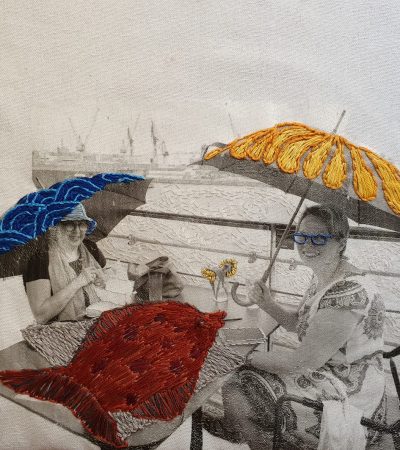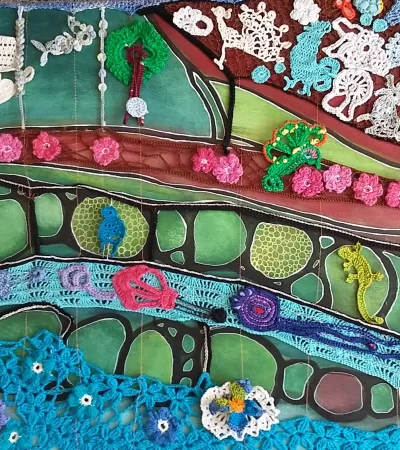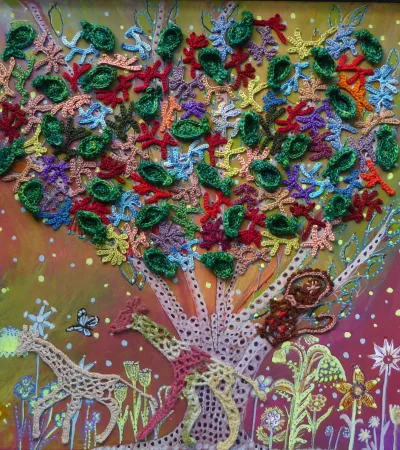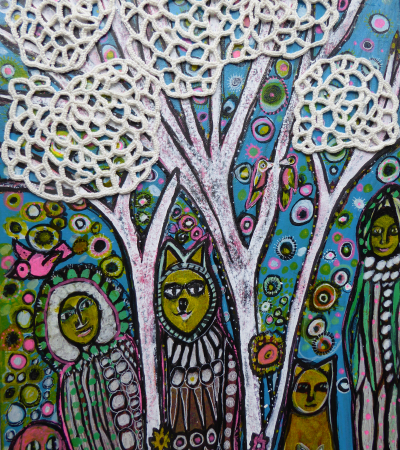May Evers
“I was diagnosed in 2014.
Since then, I’ve been trying to come to terms with Parkinson’s. It annoys me that Parkinson’s and its symptoms are little known in the public and I am trying to change that.
I use a lot of time to find out how I can reduce my symptoms.”
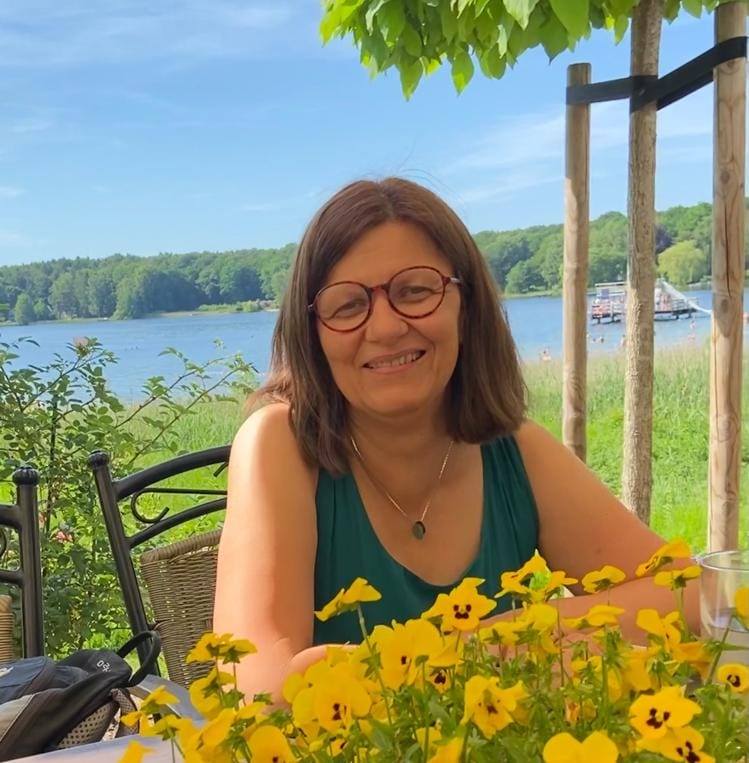
Dance and reduce your symptoms
May found out that dancing 2x 30 minutes reduced symptoms.
She got diskinesia due to overmedication and have stepped down 30% in medication
Who is May
May here introduces herself and her way to smaller symptoms
- She could feel she needed to move and start dancing 2×30 minutes a day.
- Because of dancing she got diskinesia due to overmedication and reduced her medications by 30%
- She has felt that needlework also calms her down. The monotonous work that needs your full attention is mindful.
- Hiking is also the body’s natural way to a calm mind and body
Stiching helps as well
The many faces of Parkinson’s
A picture of hope May wants to make 185 embroidered portraits of people with Parkinson’s disease, put together, make a big face of hope. People are united by the hope of healing. What keeps them strong is the community.
“Take part in this adventure!
I am still missing a few photos of people with Parkinson’s so that I can reach my goal. I would be very happy if you would support me. Send a photo of you to dererstefisch@web.de, I will delete it immediately after processing.
Here you can see how many portraits I have finished, how many are currently in progress and how many I am still missing.”
Dance down in symptoms
May dance morning and after work.
Here you can see a video she has made about her dancing – an example.
The right belief
May try new therapies and excersises and listen carefully to her body to see what she can do to become more calm. This ability is called interoception and is an important sense of ours.
She understand that it take time every day to reduce stress.
Her job takes time from the most important thing to get better. But she is doing her best.
Now she use nearly 2 hours per day and 4-5 hours hiking in the weekent
Why not search for anything that helps and try it
